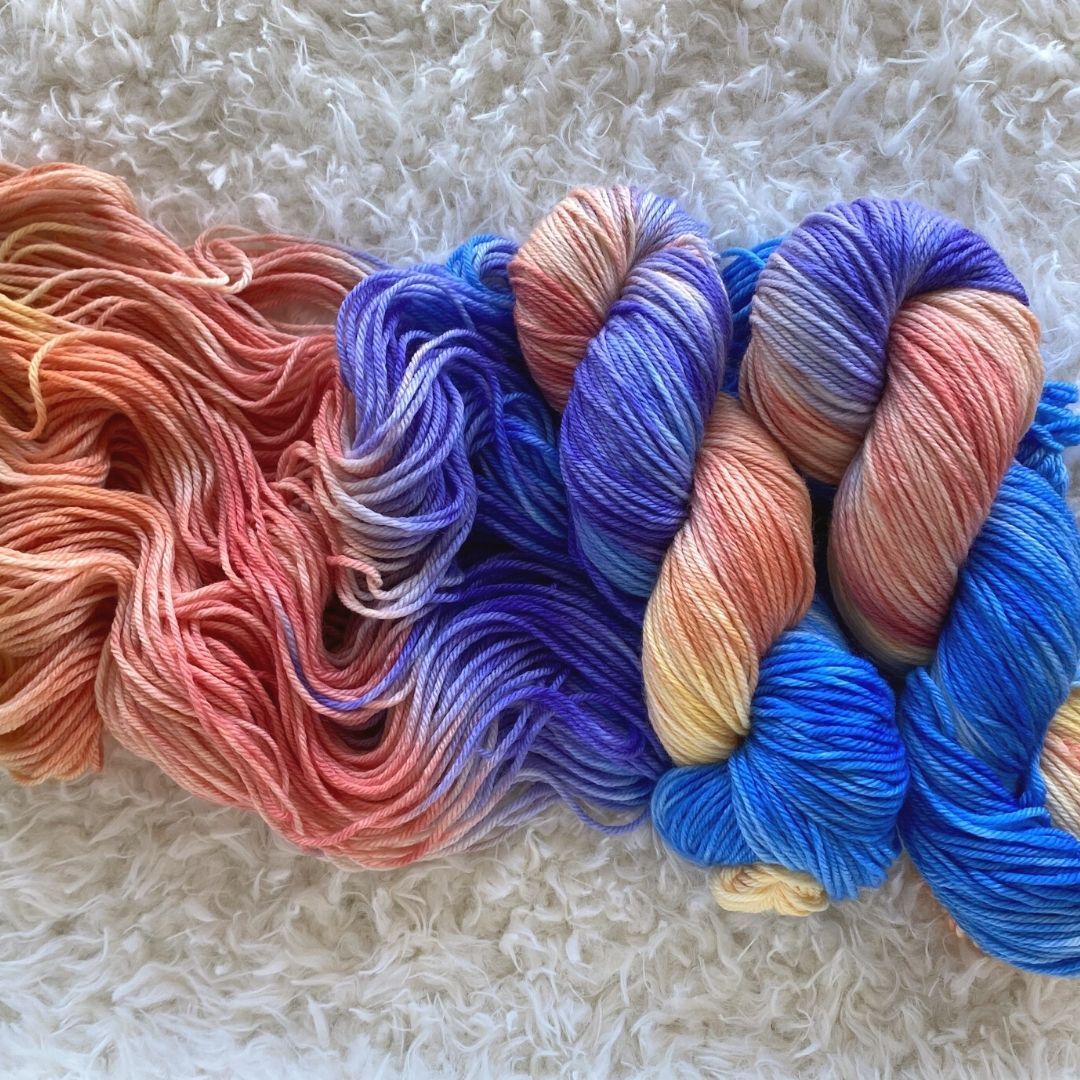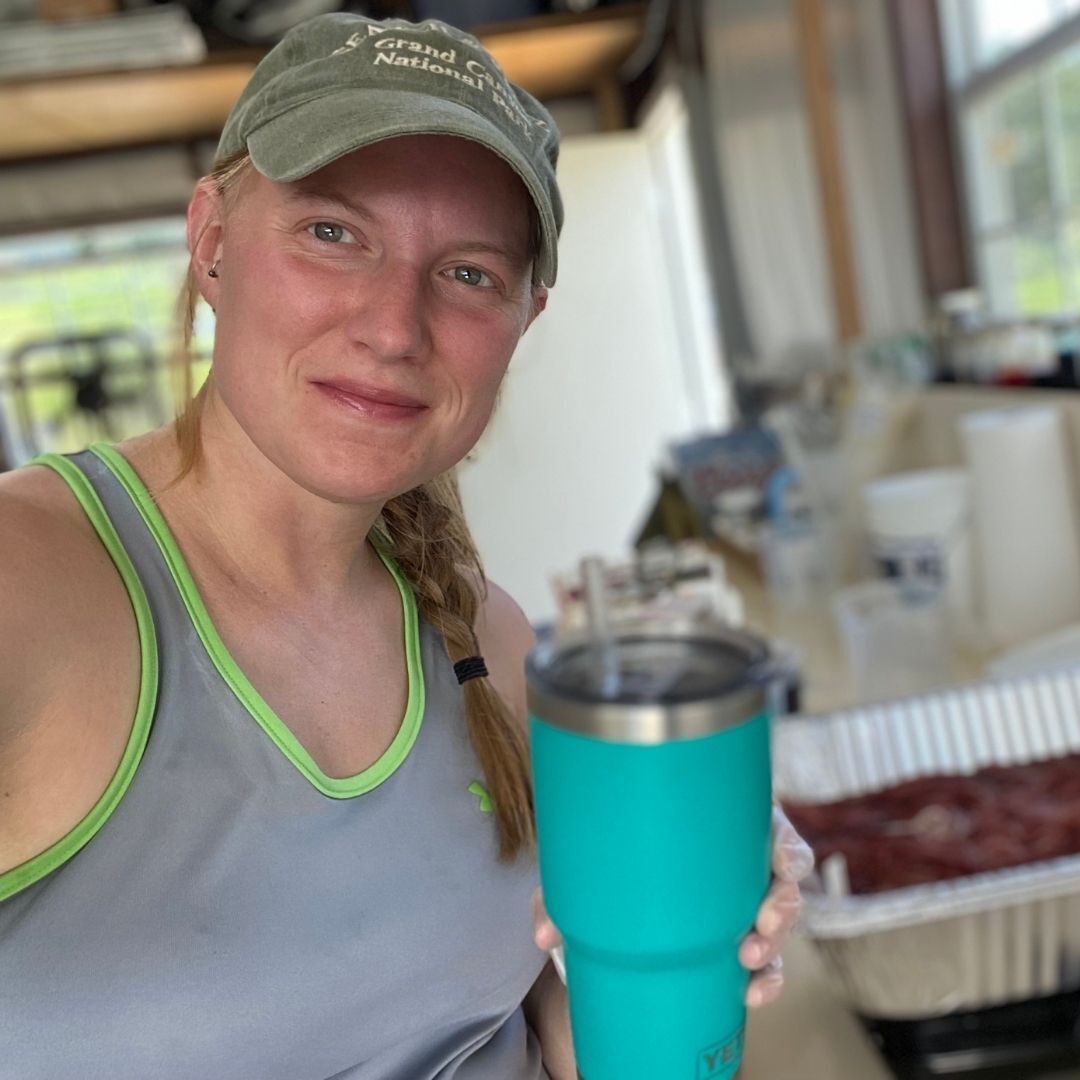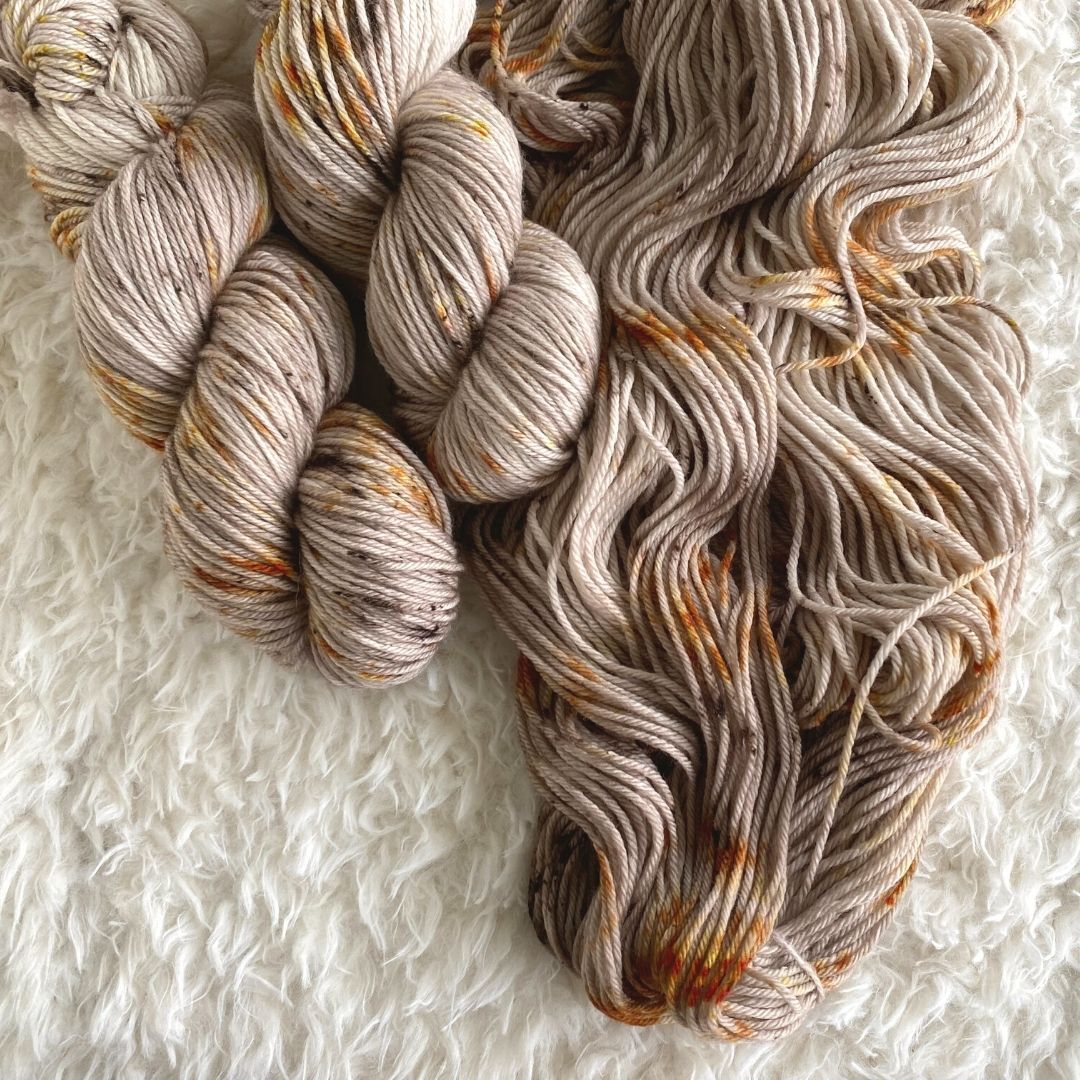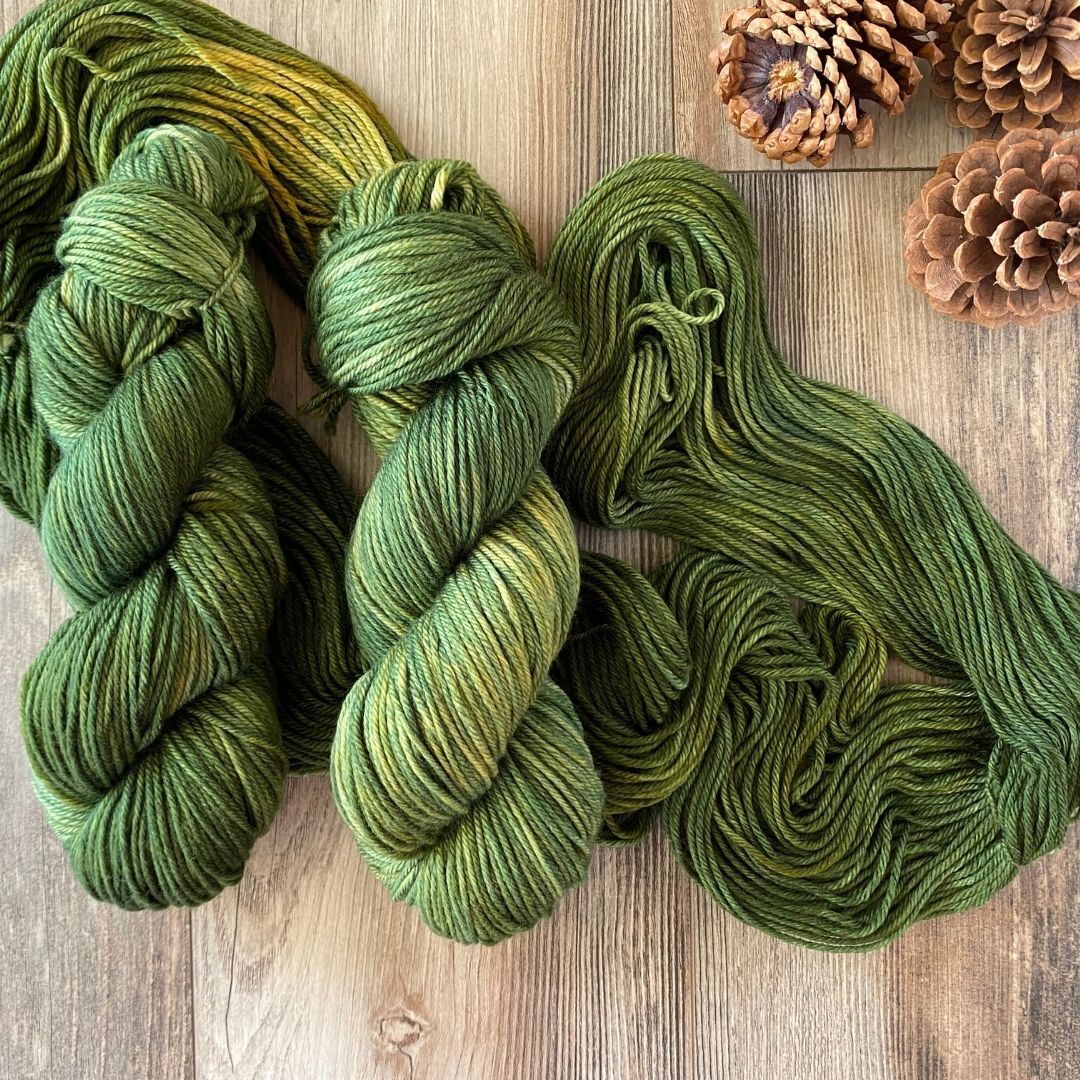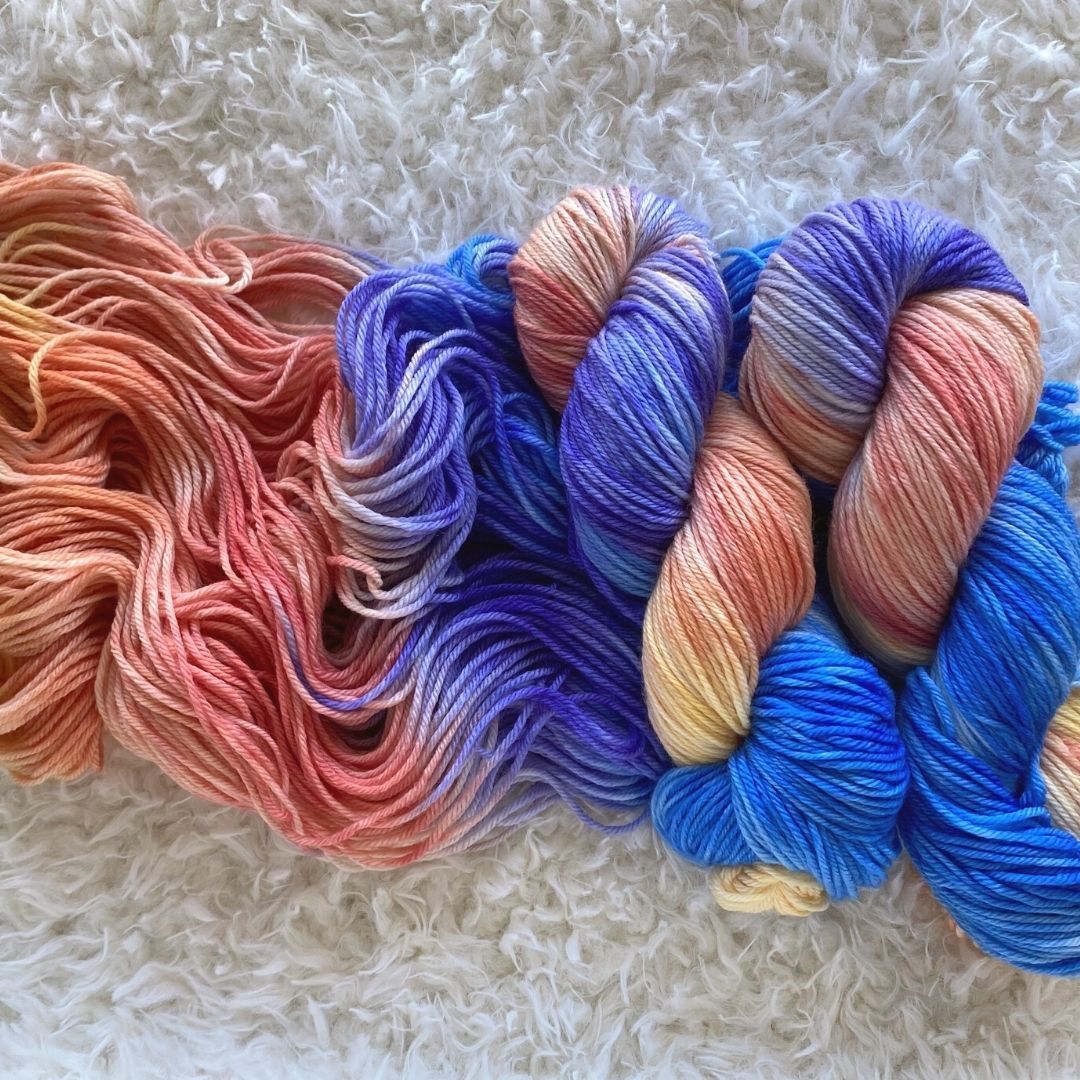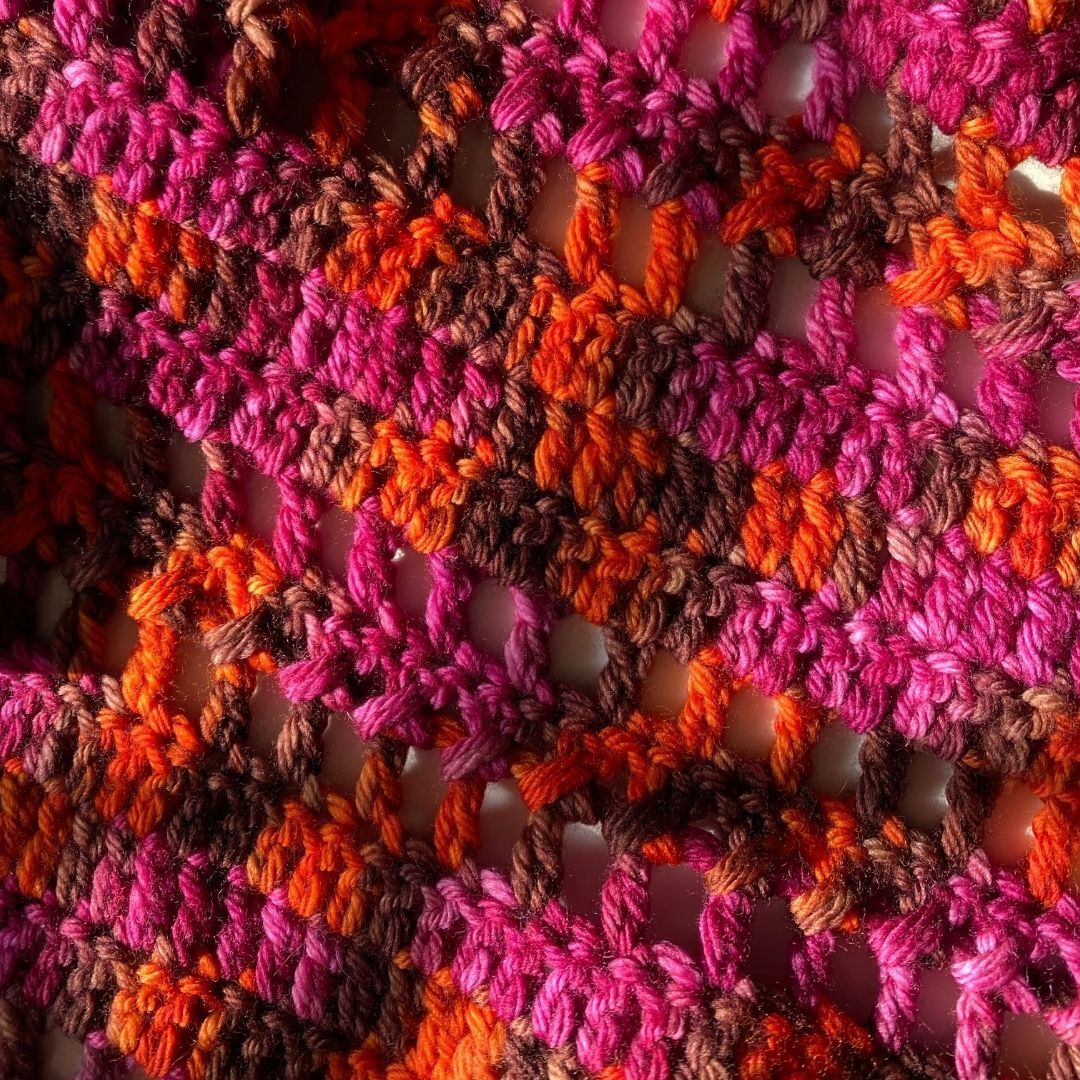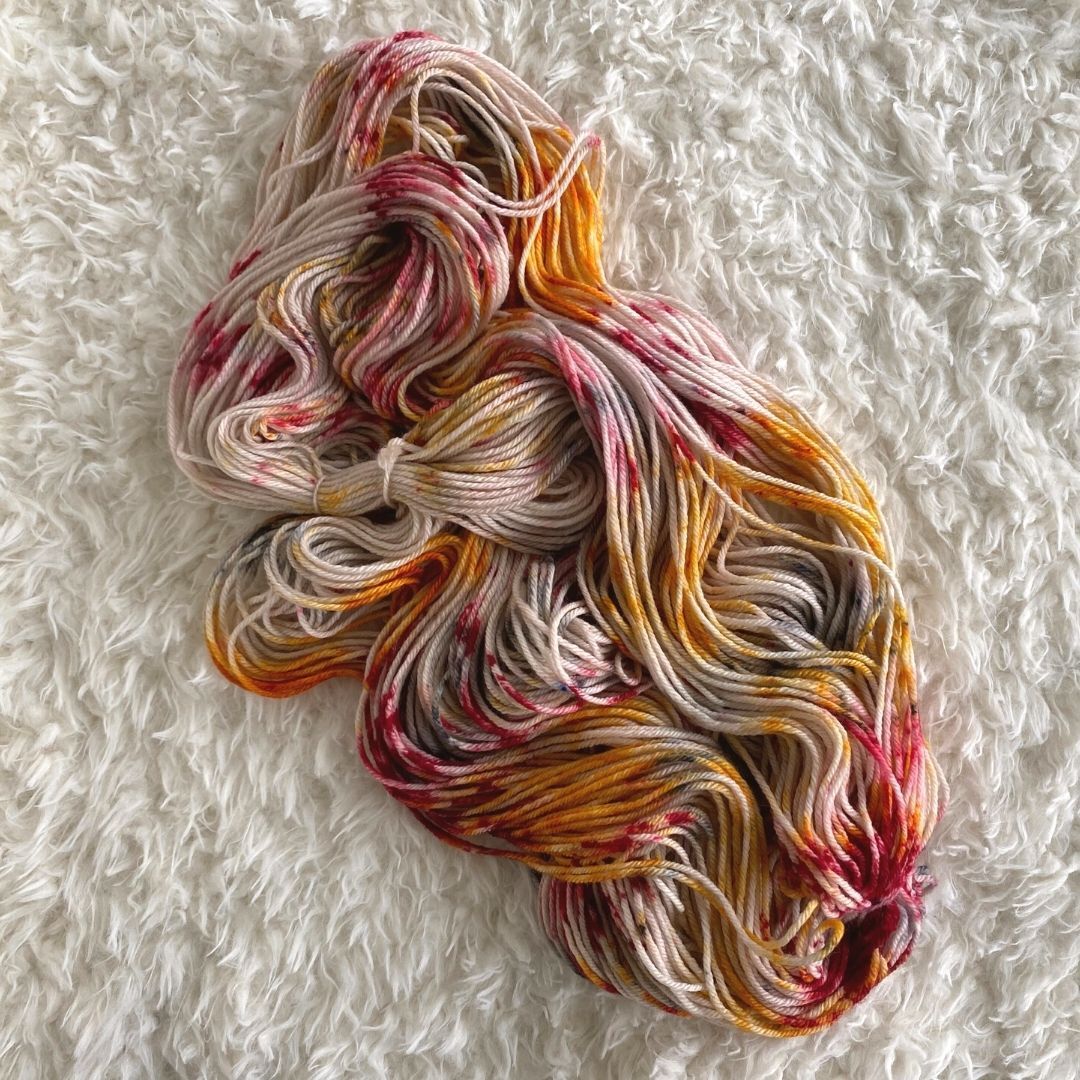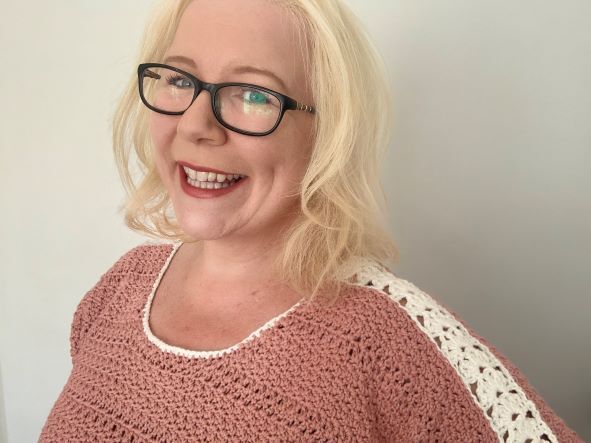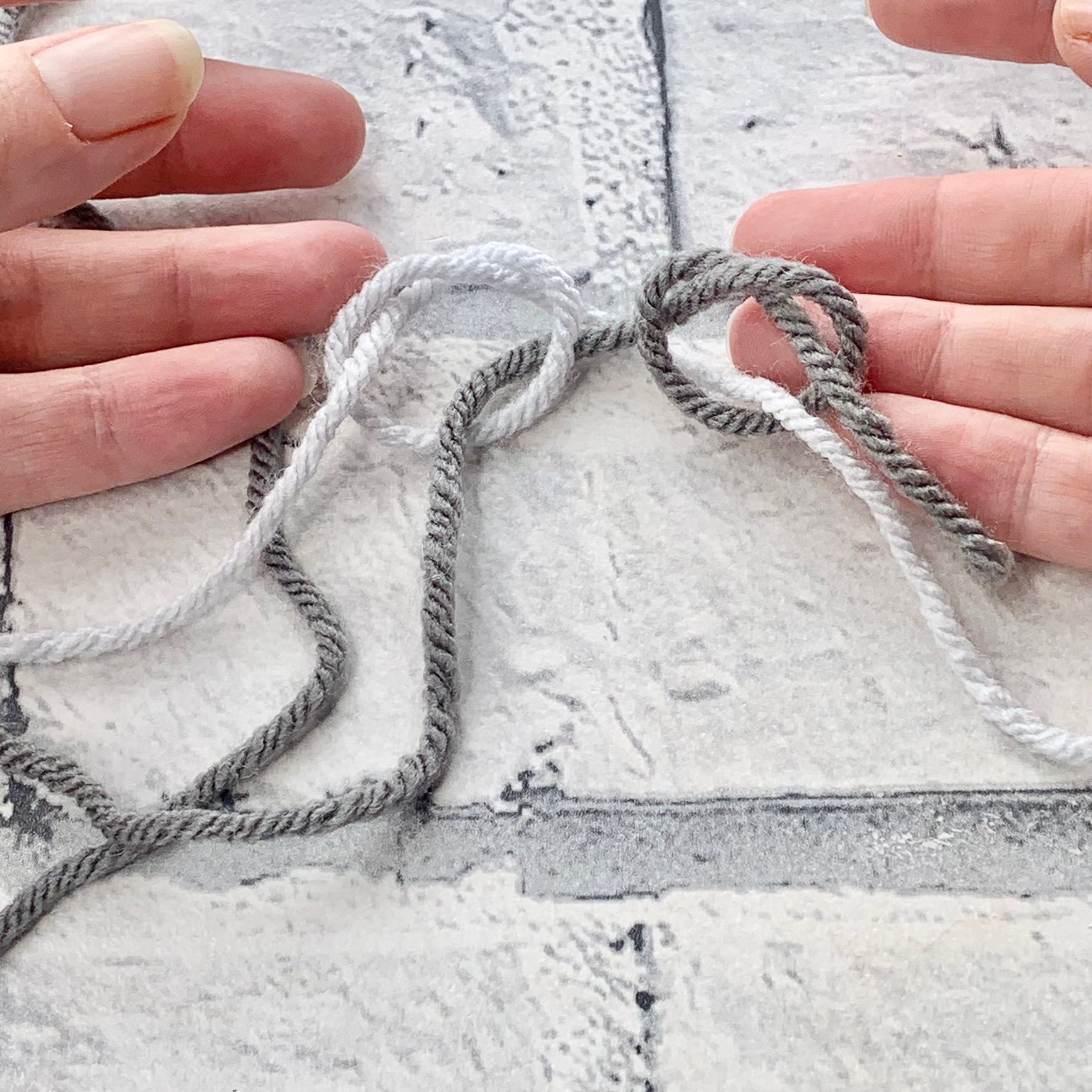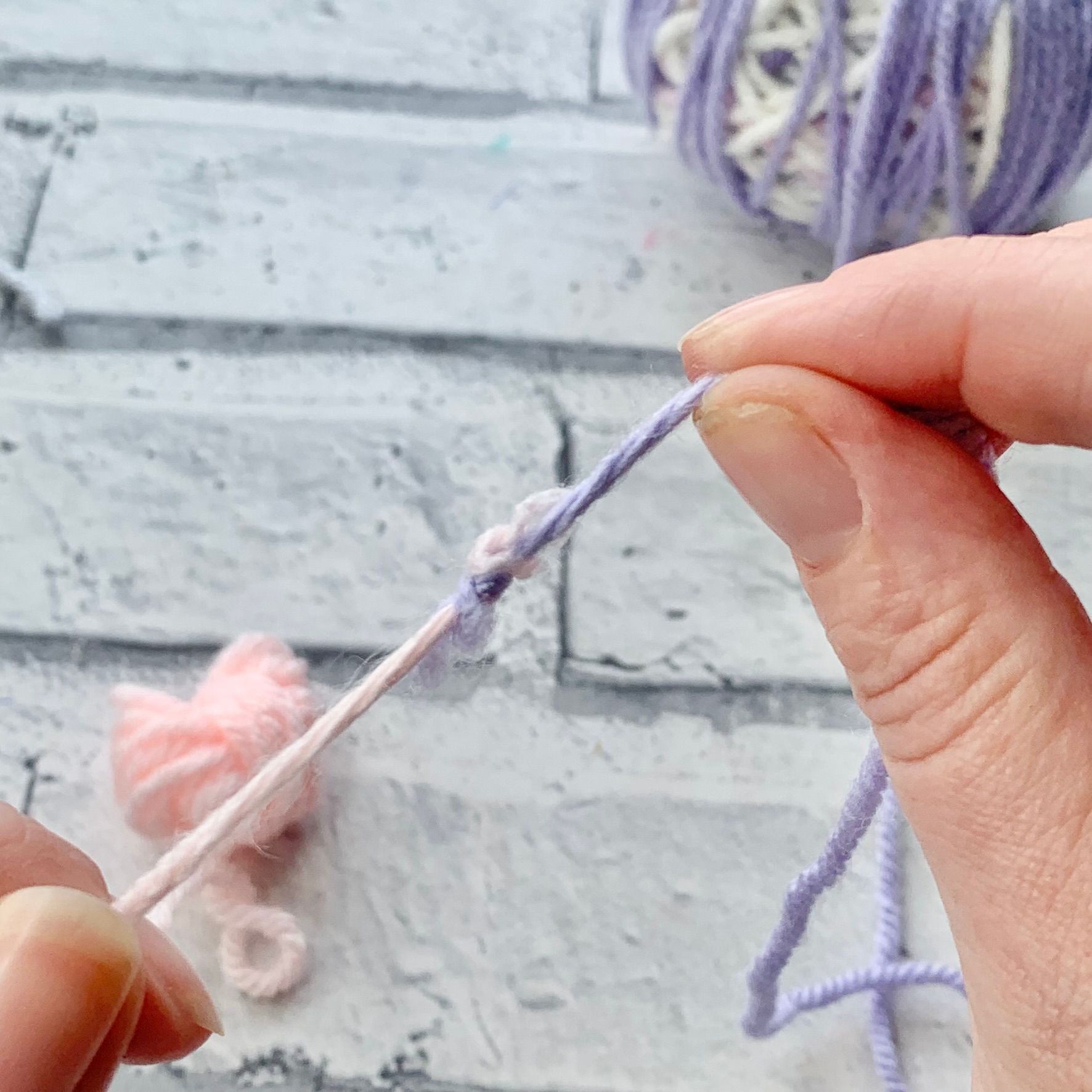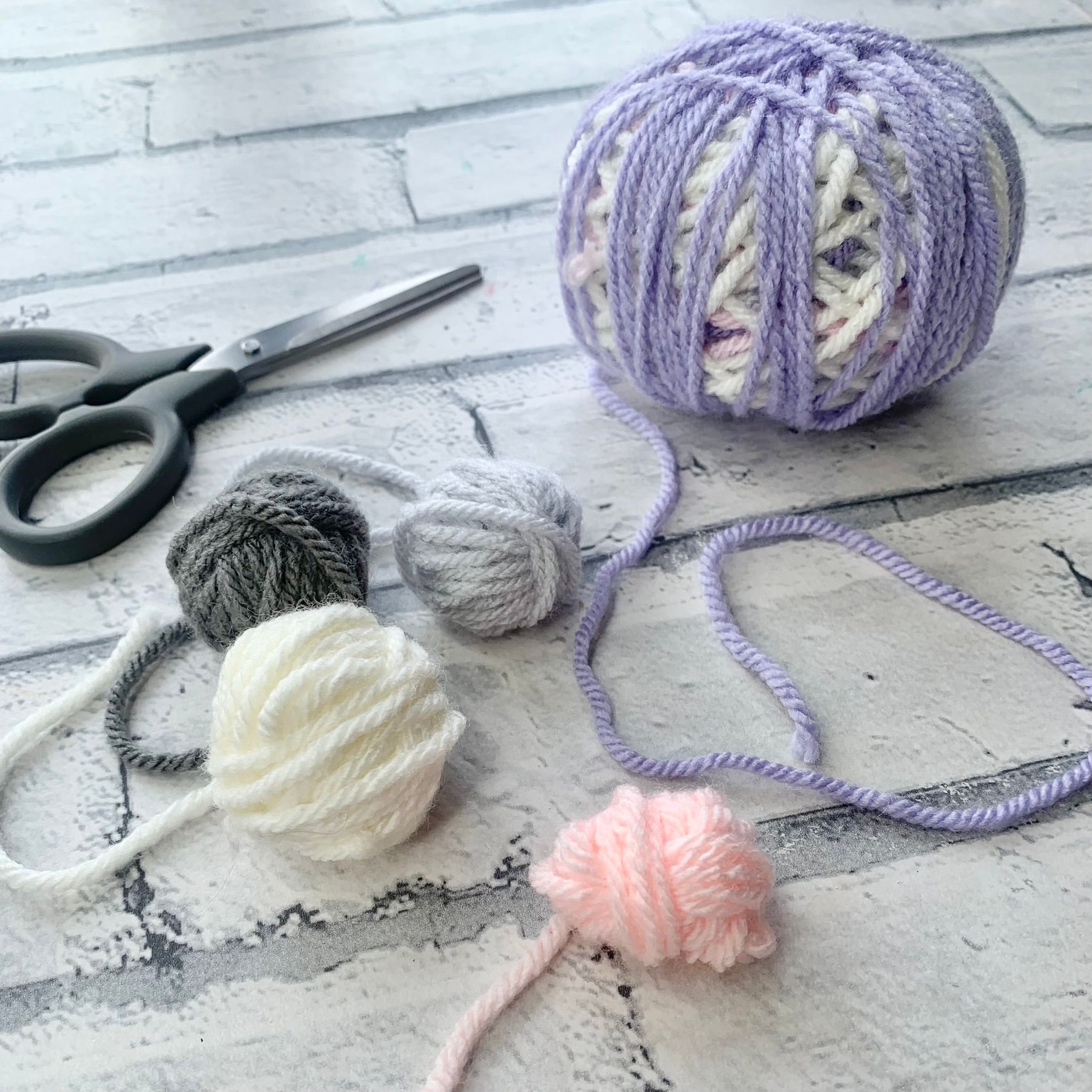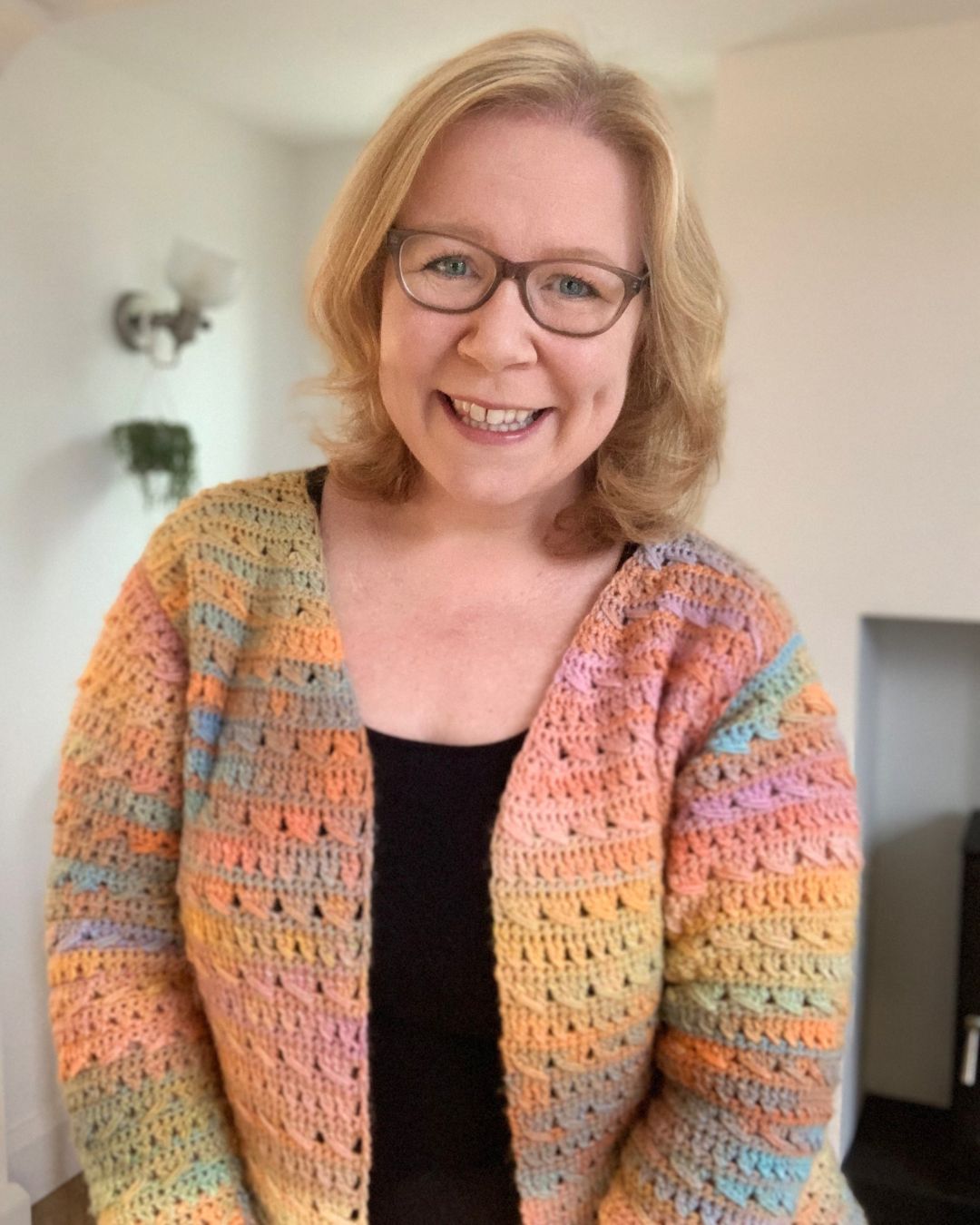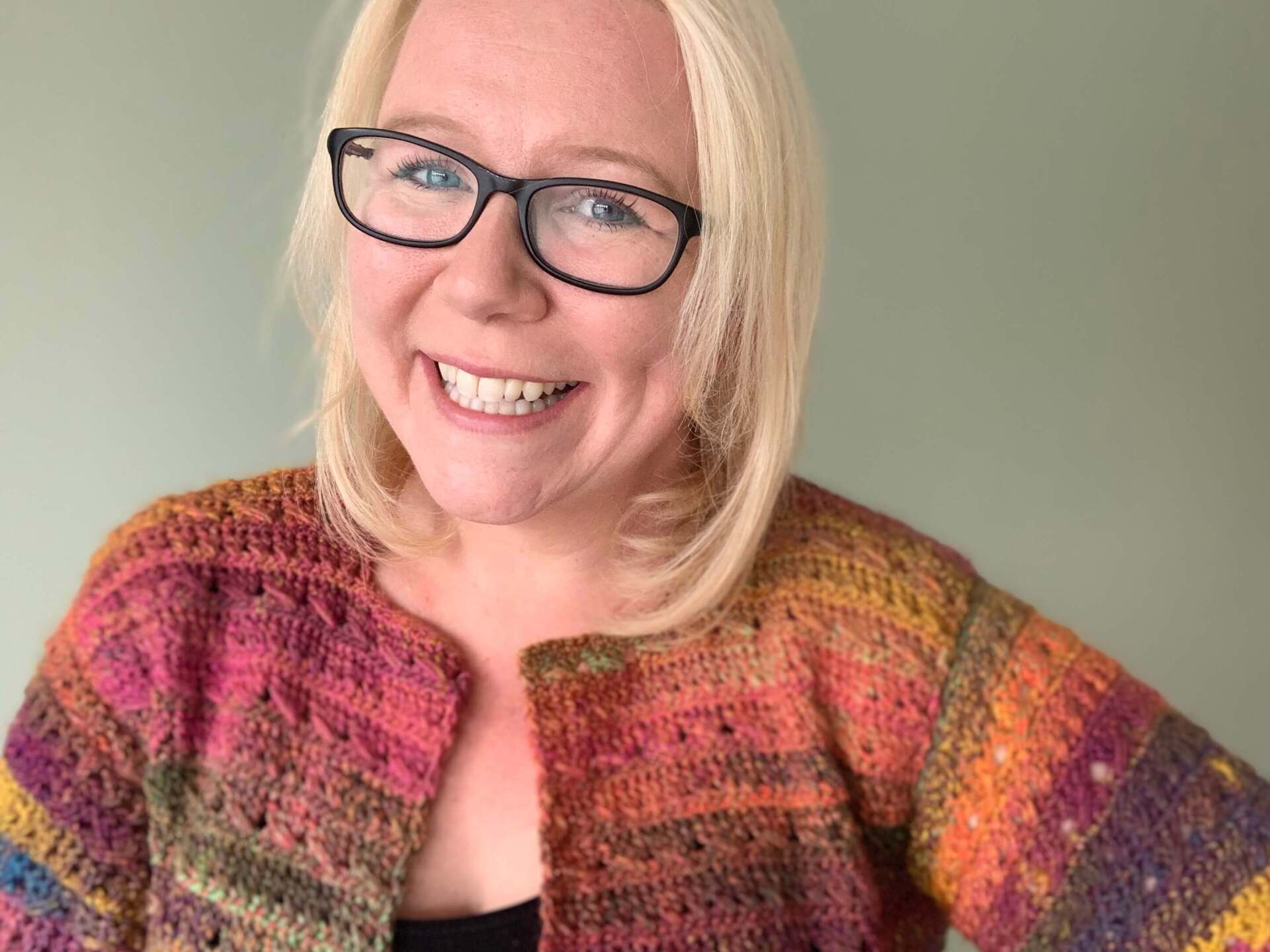Types of Hand Dyed Yarn
Learn more about the yarn dying process including the science behind hand dyed yarn, how hand dyed yarn is cooked, along with the different types of hand dyed yarn as we are joined by Joanna of High Desert Yarn who takes us behind the scenes of her US based hand dyed yarn business.
Types of Hand Dyed Yarn | High Desert Yarn
I am so excited to introduce you to Joanna of High Desert Yarn, a crochet designer who has launched her own range of hand dyed yarns that are available to purchase directly from her shops which are linked below.
When I approached Joanna to share more of her design process behind how she dyes her yarn by hand, she was excited to share as much as she can with us including:
- Yarn colourway inspiration
- The science behind hand dyed yarn
- The different types of hand dyed yarn
- How to use hand dyed yarn
Throughout her guest post, you will find links where you can explore the subject of hand dyed yarn further with Joanna.
So, without further delay, let's meet Joanna of High Desert Yarn and learn more about the types of hand dyed yarn and her design process.
Please note that some of the links in my blog are affiliate links. I may earn a small commission if you purchase via this links, but the price you pay is not affected
Meet Joanna | High Desert Yarn - Hand Dyed Yarn Producer
Hi! My name is Joanna Robinson - the Creative CEO at High Desert Yarn. High Desert Yarn is the place where crochet, yarn, and nature collide.
Here you’ll find nature inspired crochet patterns that empower women to live an adventurous lifestyle.
Recently, I started offering the whole package to crocheters – hand dyed yarn and patterns designed with the outdoors in mind.
A huge thanks to Fiona of Cosy Rosie UK for inviting me to share with you the story of how I hand dye yarn!
Hand dyed yarn comes in an unlimited amount of colors that are truly unique to the indie yarn dyer who dreams them up. The colorways uniqueness drew me in to try dyeing yarn.
My first attempt to hand dye yarn was with my 3 year old son using Kool Aid and the microwave. If you’re curious about that adventure, I wrote about it here.
This little adventure with yarn and Kool Aid has led me to go on to offer professional hand dyed skeins in unique colorways you can’t find anywhere else.
Curiosity drove me to dip my toes into dyeing yarn professionally. However, I didn’t expect how much patience I should have added to my online shopping cart along with bare yarn and acid dyes.
Dyeing yarn has been my biggest creative challenge; It’s led to:
- tears
- skeins of ugly yarn
- and wash bins of leaky yarn
But, I don’t regret it for a minute.
Once I let go of the fear of failing (again, and again), I worked out my techniques, and the correct science to create beautiful yarn.
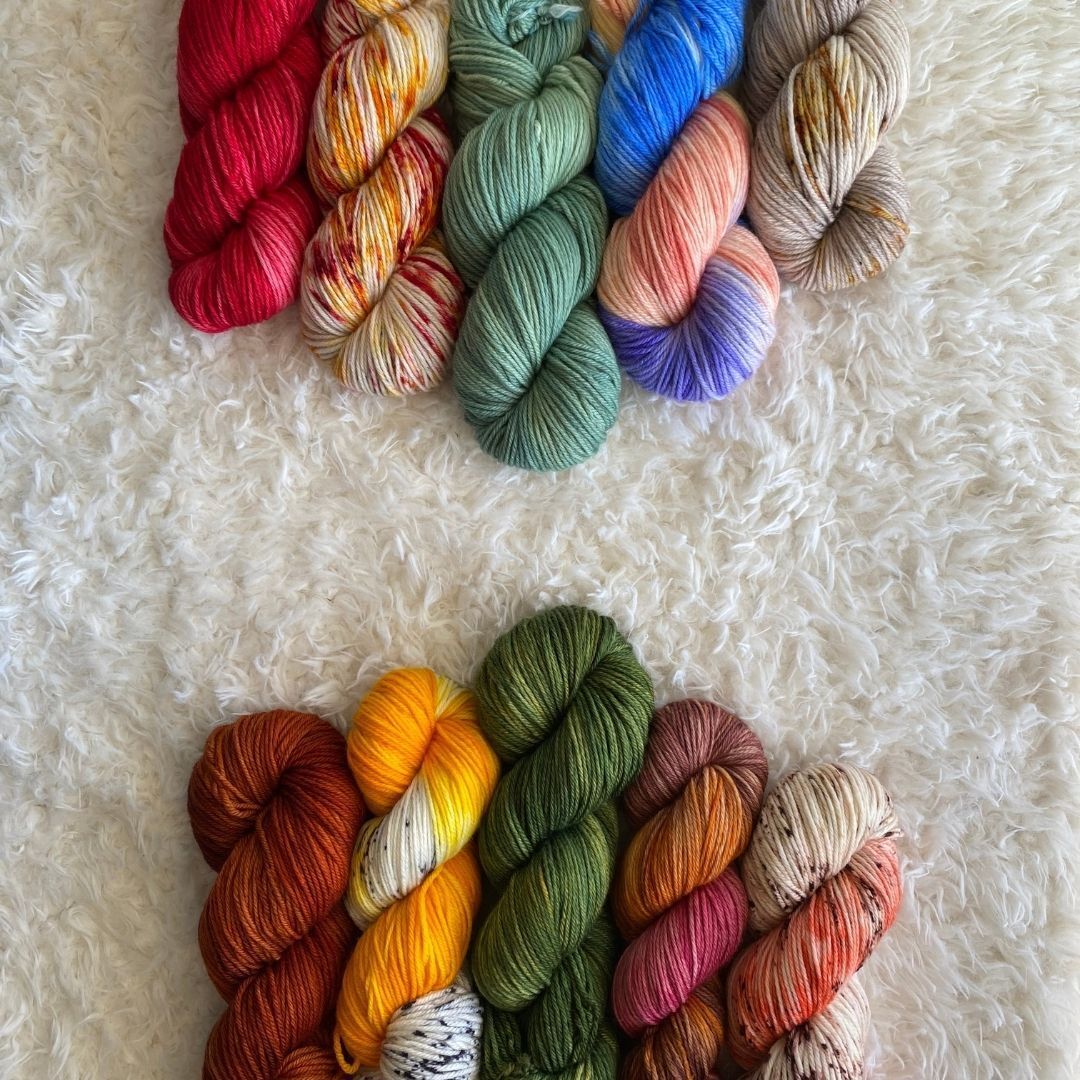
Inspired by Nature | Types of Hand Dyed Yarn
The wild outside, and how people interact with it, is my main source of inspiration.
When people think about nature, they usually think about the BIG parts of nature – majestic mountains, tall trees, rolling ocean waves, and exotic animals.
However, most people interact with nature on a smaller level through potting flowers, walking in fresh air, sitting on a porch, or going to the playground with their kids.
I live for the BIG moments with nature:
- camping on a remote mountain ridge
- running through the saguaro desert
- or sinking my toes into the edge of the ocean.
But, on any given day, I’m living with nature in smaller ways too – gardening, opening the curtains to watch the sunrise, or walking to the mailbox.
Therefore, the yarn I dye is inspired by the big and small ways people interact with nature.
Pictured below is the mood board for my Yote colourway and the result of the hand dyed yarn:
The Science Behind Hand Dyed Yarn
Before we dive into the different types of colorways you can achieve with hand dyed yarn, here is a quick explanation of the science of hand dyed yarn.
Currently, I only work with protein fibers. So, please note that using a plant fibers (cotton, bamboo) or synthetic fibers (acrylic, nylon) require different mediums to set the dye.
Science is the most important aspect of dyeing yarn.
Hand dyed yarn is colorful, wearable art, but if you don’t have the correct mediums, tools, or ratios, then you’ll be left with leaky yarn. Leaky yarn means that the dye isn’t set correctly, or too much dye is used. Therefore, the skein leaks the dye as it hits the bath water.
Protein fibers (animal fibers, like wool or alpaca) need acid and heat to set the dye correctly. I use 100% Superwash Merino Wool – a protein fiber – for all of my skeins. (The only exception is the Phantom Ranch Sock Base; it is a 75/25% Superwash Merino Wool/Nylon. The nylon provides extra strength for socks.)
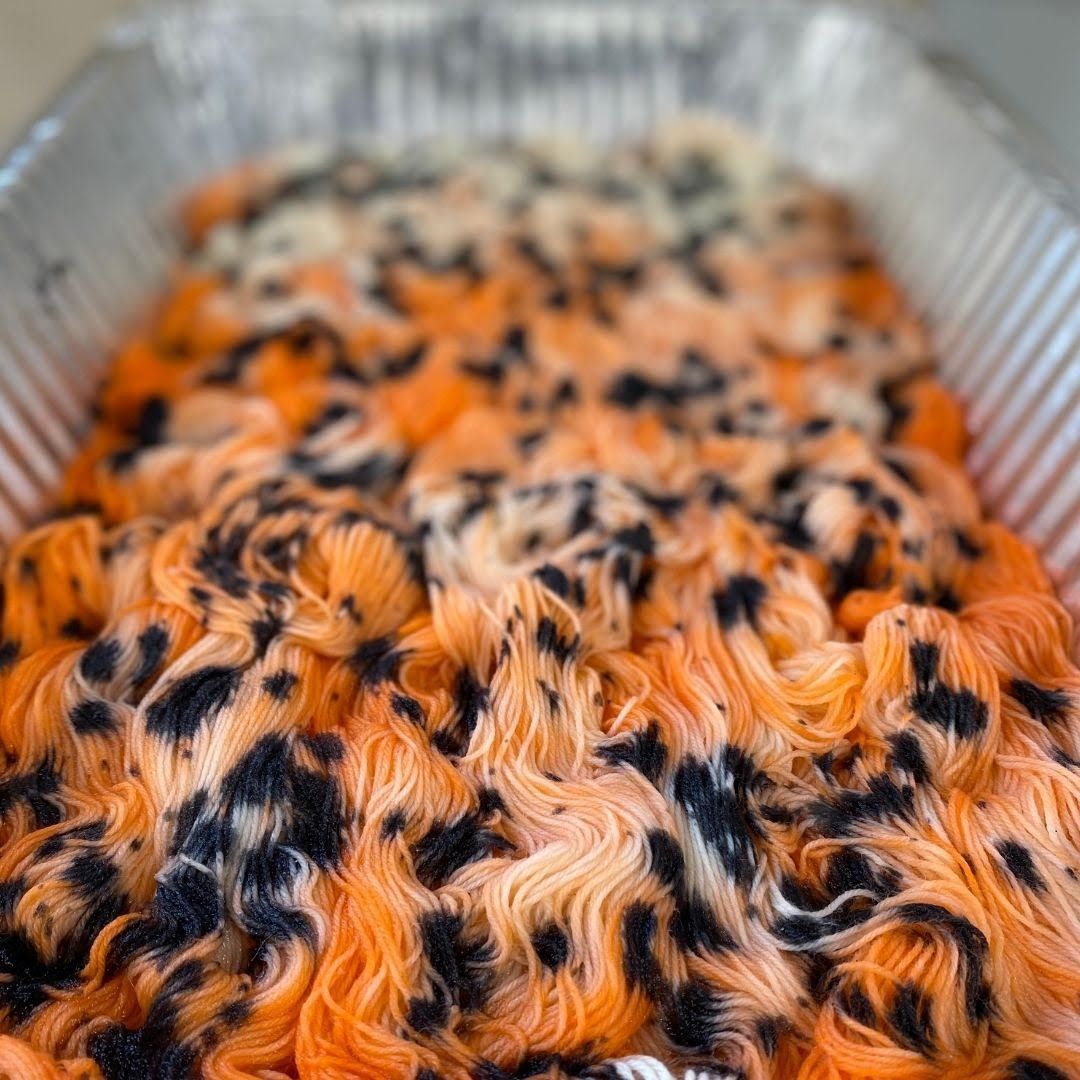
All skeins are dyed with water, citric acid, acid dyes, and heat which is applied in a pan. As I experiment with new colors and techniques, I’m learning that less is more when it comes to the amount of dye I put in the pan.
After the dye is set in the yarn, the pans need to cool completely before the yarn is washed in the "bath". Washing the yarn is an excellent test to double check the dye bound to the fiber.
Lastly, the skeins are hung to dry, before winding into individual hanks.
Here is a time lapse video of how I dye
Don’t Look Down and Red on the Rocks that was shared to my Instagram account.
Hand Dyed Yarn Recipes | We Gotta Cook before We Hook!
When you see an indie yarn dyer mention their “recipe” or “type” of colorway, they simply mean HOW they added the dye to the dye vessel (pot, or pan).
I use three main recipes – Tonals (semi-solid), Poured (controlled layering of dye), and Variegated (a mixture of tonal, poured, and speckles).
Let’s dive into the specifics of each recipe:
Tonals | Types of Hand Dyed Yarn
There is an ease about a tonal that keeps me coming back. Tonals can be simple or complex. Most tonal yarn I create come straight from the dye jar to the pot. This means I don’t do a lot of color mixing. However, I will mix 1 to 3 different colors to get an exact color shade.
Lingonberry is a simple tonal that uses one dye. I picked a shade of red that best illustrated what a lingonberry looked like, mixed the dye stock, and dyed the yarn. The result was this gorgeous shade of bright red that lightened to soft pink in some areas. Perfect for reflecting the true color of a lingonberry.
Another of my colorways, Ponderosa is a more complicated tonal.
My goal was to achieve the autumn forest green of Ponderosa Pine trees. The pine forests of the American Southwest are not a clear, fresh forest green.
In fact, the pine needles are varying shades of forest green, olive green, and yellow-tan because of the arid region they thrive in. For the colorway Ponderosa, I needed to capture the complicated fade of forest green to yellow. So, I dyed the yarn in two separate tonal baths – the colors layered on top of each other to create this dynamic tonal.
Poured | Types of Hand Dyed Yarn
A Poured colorway is a result of precision and timing. Sometimes referred to as color pooling, this colorway is a staple in most indie yarn shops.
The colors neatly stack on top of each other with minimal blending at the edges.
Don’t Look Down (a hazy rendition of sunset at Grand Canyon), and Solstice (a dreamy winter sunrise), are Poured hand dyed yarn recipes.
Since these skeins are color pooling, they are favorites to use in Fingering, Sock, or Sport yarns for self striping socks, or long color sections in a drapey shawl.
Now, you could work up a project with the skeins as-is, meaning, not alternating two skeins of the same colorway.
With the
Dripping Springs Scarf (pictured below), I used a Poured colorway straight from the skein, without alternating, to see what it looked like. It came out in a patchwork-esque scarf. If I had alternated the skeins, then I would have achieved a more variegated (mixed up) scarf.
Variegated | Types of Hand Dyed Yarn
The Variegated colorway is an abstract explosion of color. They are my favorite to dye because I express myself the best through the yarn.
These skeins are highly variable in color, and combine different techniques into one skein – poured, tonal, and/or speckles. It’s a choose your own adventure of layering the dyes, and uses a “feel it out” method rather than precision (like a Poured colorway). It’s controlled chaos turned into beauty.
A Variegated colorway can be as simple as my Wild Blue, or as complex as Village yarns.
Wild Blue uses the same dye, but in two different methods.
- Firstly, it’s dyed as a tonal
- Then secondly it’s dyed with speckles.
Wild Blue lands somewhere in between a tonal, and a variegated.
However, Village lands on the more abstract spectrum. It is dyed as a tonal for a base color. Then, I add several colors of speckles until I feel there is enough.
In my opinion, a Variegated colorway shows off the artistry of hand dyed yarns. This is where you can see the technique, thoughtfulness, and precision of a craft. Plus, they’re just a ton of fun to look at, and stitch with as you can see in this image of Village below.
How to Use Hand Dyed Yarn
Hand dyed yarn is used best when it’s stitched into something by you. It may sound like a no-brainer, but the unused hand dyed yarn in your stash isn’t living her best life. For a lot of people, it’s scary to wind that first hank, and get to crocheting. However, diving into the adventure of crocheting with hand dyed yarn is a trail most worth hiking.
If you're not sure what project you should start with, crochet hats are perfect projects to work up in hand dyed yarn!
Depending on your size, and the weight of yarn, all you need is a single skein of yarn. The Raven Ribbed Beanie is my go-to hat this winter because of the soft merino wool, and the one of a kind color.
Click here to see the pattern.
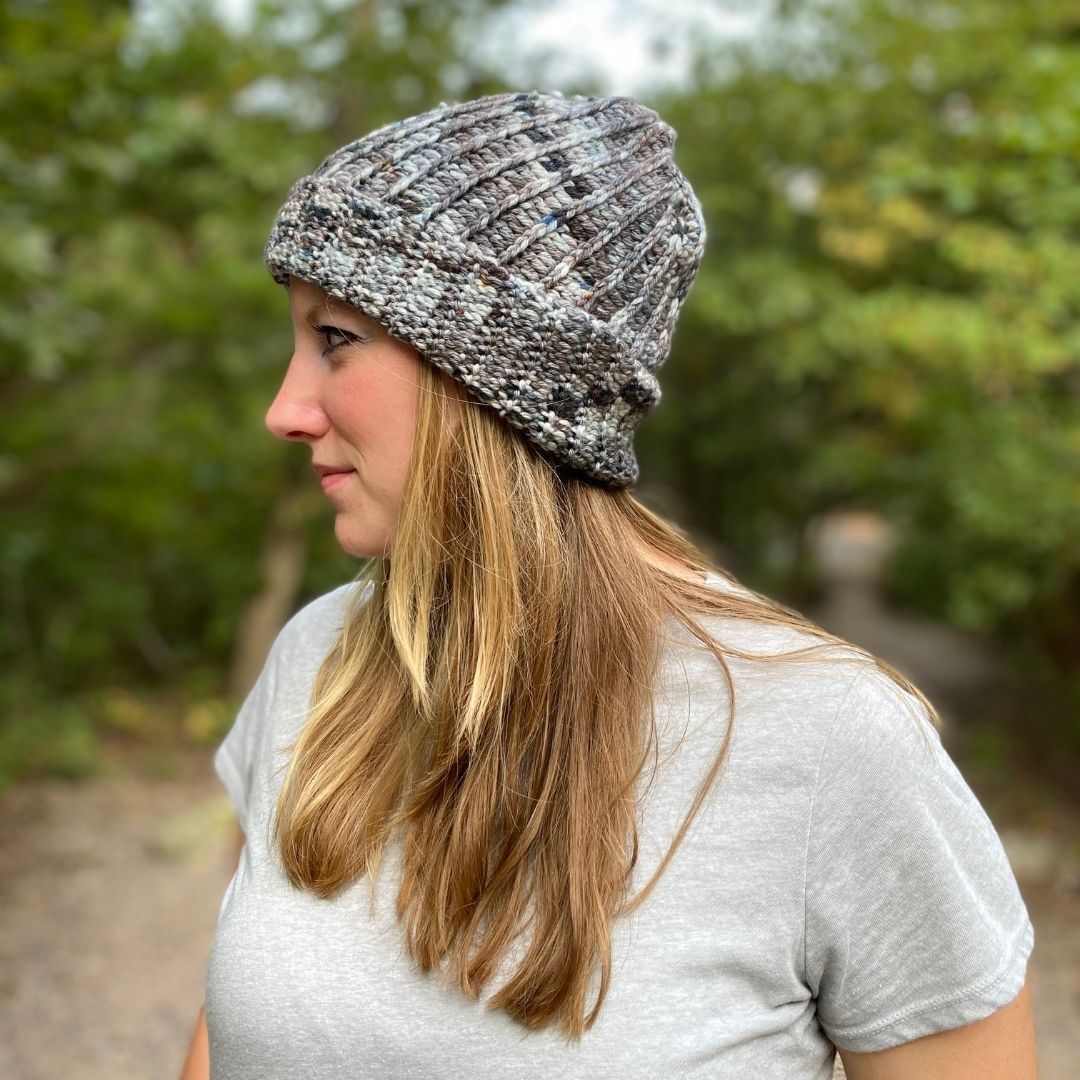
If you want to see more of Joanna's process of hand dyeing yarn, you can follow her on Instagram.
However, joining her Trail Crew (weekly newsletter) gets you the inside scoop on upcoming colorways, and special offers for her Trail Buddies only.
If you’re ready to see more beautiful skeins, you can browse the High Desert Yarn shop here.
I want to thank Joanna for sharing her design process and teaching us all more about the different types of hand dyed yarn. I don't know about you but I'm going to take the plunge and use the hand dyed yarn in my stash.
*This pattern and its images are copyright protected and the sole property of Fiona Field/Cosy Rosie UK 2020. Please do not redistribute, transfer, sell the pattern, or alter it to claim as your own. *
About the Autor
Hi, I'm Fiona, the hands behind Cosy Rosie Crochet - the place to learn to crochet as you make!
With over four years of hands-on experience leading in-person crochet workshops since 2018 and designing and publishing my own patterns since 2019, I bring a wealth of expertise of sharing crochet techniques.....
Cosy Rosie UK Crochet Blog
All Cosy Rosie UK patterns and articles are ©2024 by Fiona Field and are for your personal use only. You may sell items you personally make by hand from these patterns. Feel free to share the link to this post or use the social sharing links to share on social media. You may not redistribute this copyrighted content to any website or internet discussion group. Thank you for supporting indie artisans!
Cosy Rosie UK is a participant in the Amazon Services LLC Associates Program, an affiliate advertising program designed to provide a means for sites to earn advertising fees by advertising and linking to amazon.com
